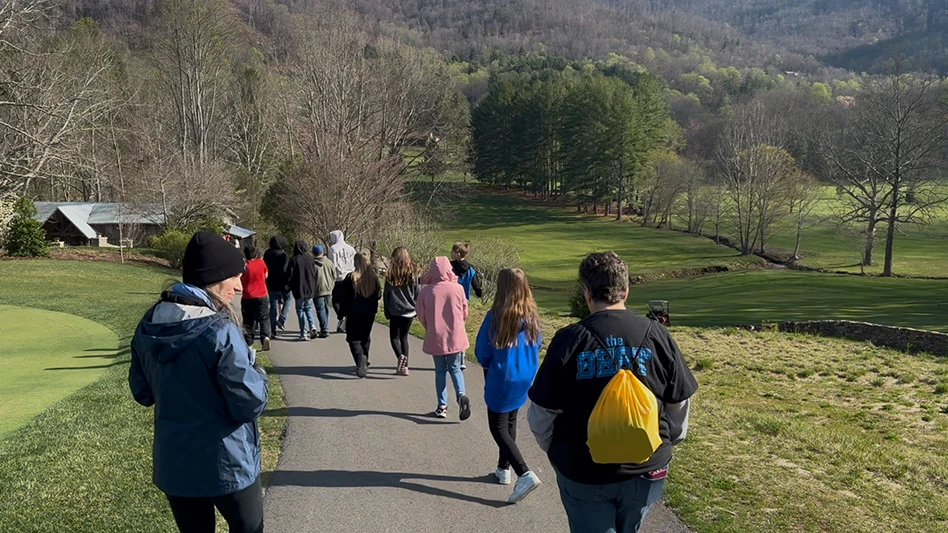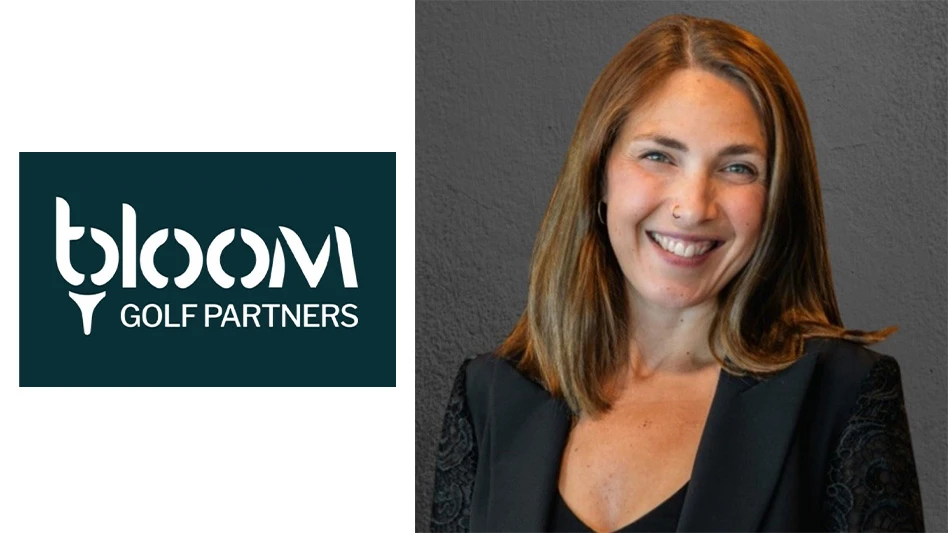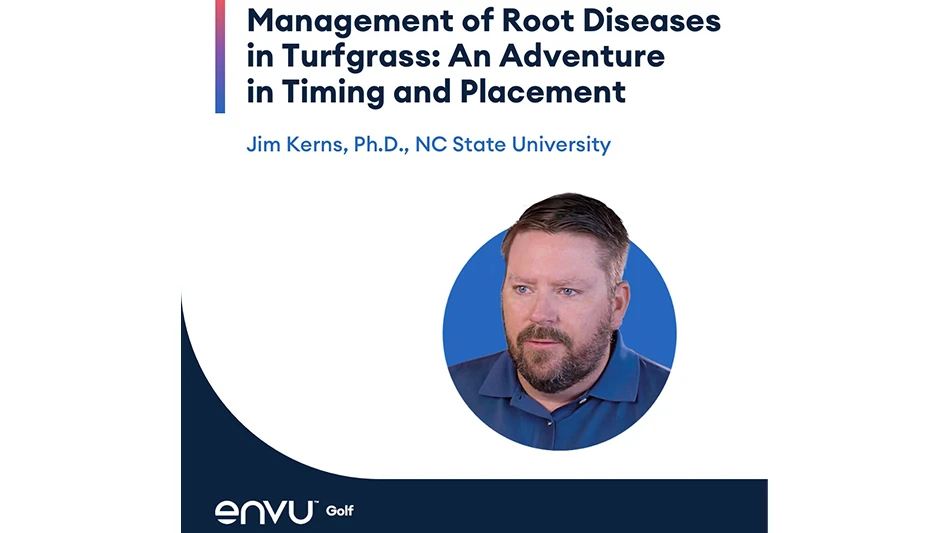
Last month I shared the first part of my conversation with Hillcrest (Idaho) Country Club superintendent Matthew Gourlay, CGCS, MG, about the methodology and process surrounding his recent job change. Here’s the second part.
What do you hope to achieve in your new position?
There are several key objectives I aim to achieve:
Optimal course conditions: Strive to maintain and enhance the overall quality and playability of the golf course, ensuring well-manicured greens, fairways and bunkers.
Environmental sustainability: Implement and promote sustainable turf management practices to minimize environmental impact and ensure the long-term health of the course.
Team collaboration: Foster a positive and cohesive working environment among the maintenance team, encouraging teamwork, communication and professional development.
Budget management: Effectively manage the budget allocated for course maintenance, optimizing resource allocation and minimizing unnecessary expenses.
Pest and disease control: Implement effective pest and disease control strategies to safeguard the course against potential threats to turf health.
Compliance with regulations: Ensure that the golf course adheres to all relevant regulations, including environmental standards, safety protocols and any other applicable guidelines.
Enhanced golfer experience: Strive to provide an exceptional experience for golfers by maintaining high-quality playing conditions, addressing feedback and continuously enhancing amenities.
Professional development: Invest in my professional development and that of our team, staying abreast of industry trends, attending relevant conferences, and pursuing ongoing education.
Community engagement: Build positive relationships with the local community, golfers and stakeholders, promoting the golf course as a valuable asset and contributing positively to the community.
Effective communication: Foster clear and open communication channels with both the management team and golfers, keeping them informed about maintenance schedules, improvements and any relevant updates.
Long-term planning: Develop and implement long-term maintenance plans, considering seasonal variations, anticipated challenges and strategic improvements to the course.
Employee satisfaction: Prioritize the well-being and job satisfaction of our maintenance team, recognizing and rewarding their efforts, and providing opportunities for professional growth.
Emergency preparedness: Develop and maintain contingency plans for unforeseen events, ensuring a quick and effective response to emergencies such as extreme weather conditions or course damage.
Setting clear goals in these areas will contribute to the success of the golf course and my role as a golf course superintendent.
How different is Hillcrest from your previous course?
Hillcrest is a privately owned country club, in contrast with the public course nature of Colbert Hills.While Hillcrest features 18 holes, Colbert Hills boasts 27 holes. At Hillcrest, there’s a notable prevalence of annual bluegrass on both the greens and the rest of the course, a characteristic not shared with Colbert Hills. Transitioning from being the longest-serving team member at Colbert Hills, I now hold the position of the least-tenured staff member at Hillcrest. What advice do you have for someone looking for that next opportunity?
Discovering the next career opportunity requires a blend of strategic planning, networking and highlighting your skills.
- Conduct a thorough self-assessment
- Define clear career goals
- Build and nurture your professional network.
- Keep your résumé and online profiles up-to-date
- Focus on developing relevant skills
- Research potential employers and companies
- Explore various job-search platforms
- Prepare thoroughly for interviews
- Seek constructive feedback during your job search
- Maintain persistence and a positive mindset
Securing the right opportunity takes time and dedication. Exercise patience, stay committed to your objectives, and be open to adapting your strategy based on your experiences and feedback.
Which has been more valuable to your career: education or experience?
A person’s career development is influenced significantly by both education and experience, with their importance varying depending on the field and individual circumstances. In many instances, an optimal approach involves combining education and experience. A robust educational background can create opportunities and establish a firm foundation, while practical experience enables individuals to enhance their skills, navigate diverse situations and showcase their capabilities to potential employers. The relative significance of education and experience is contingent on job requirements, industry standards and individual career objectives. Continuous learning, whether through formal education or on-the-job experiences, frequently serves as the linchpin for ongoing career growth and success.
What mistakes have you made in your career?
Agreeing to have this conversation with you!

Explore the March 2024 Issue
Check out more from this issue and find your next story to read.
Latest from Golf Course Industry
- The Aquatrols Company hires marketing manager
- Renovating Bredemus in West Texas
- Renovation starts at Okatie Creek GC at Sun City Hilton Head
- The Fittest Podcast in Turf: Episode 1
- New 6-hole course debuts in Oklahoma
- GCSAA announces Grassroots Ambassador Leadership Award recipients
- Reel Turf Techs: David Gummo
- PBI-Gordon promotes two to executive level





